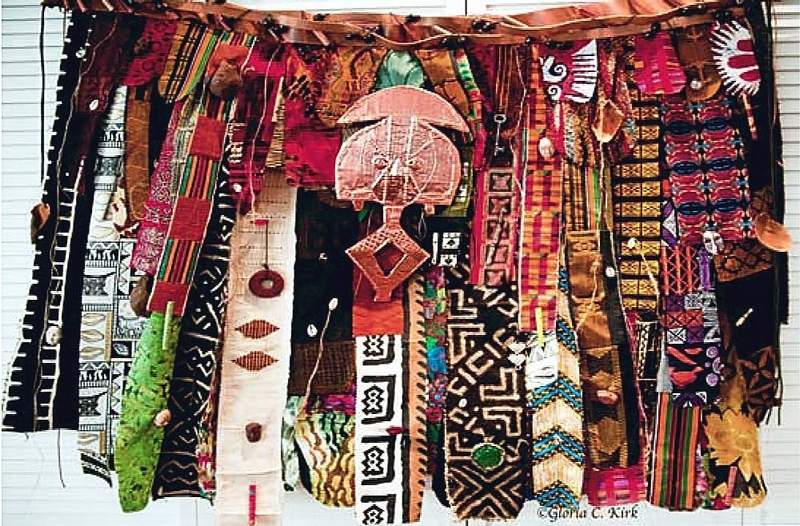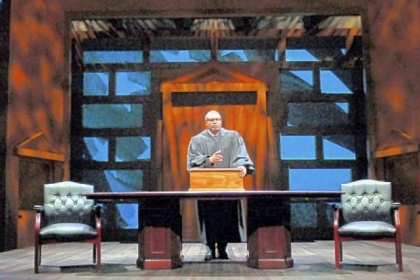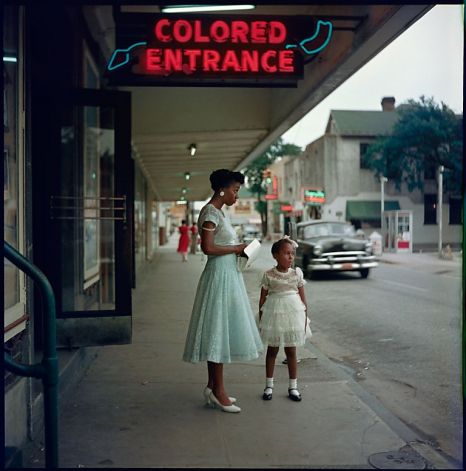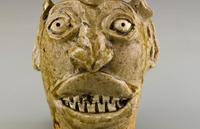If you find yourself admiring art in galleries and auction catalogs and wondering how much more it will be worth in the future, it could be time to take stock.
After all, the art market can be a secretive and unfathomable place to do business, so successful art investment is never going to be easy.
But is it even possible? Some would argue that making an investment and buying art are two mutually exclusive activities, because the first process is objective, liquid, transparent and mathematical, while the second is subjective, illiquid, opaque and speculative.
The combination of these opposing worlds means that cringeworthy terms such as passion investments and treasure assets get banded about all over the place in discussions about investing in art or other collectibles. Yet it’s when the passion and fluffy feelings are dropped from descriptions of art investment altogether that it becomes misleading.
Even respectable art market publications have categorized some art as investment grade, suggesting that it’s possible to accurately quantify the risk in owning an art work, when of course it isn’t.
The fact that works by so-called blue chip artists such as Andy Warhol sell for stratospheric sums at auction on a relatively frequent basis is no indication that those prices are consistently achievable, even for the same sort of work by the same artist.
Back in 2008, for example, Andy Warhol’s Eight Elvises fetched $100 million in a private sale. So when Sotheby’s put Warhol’s Double Elvis [Ferus Type] silkscreen up for auction this May, one of only 22 Warhol Elvises in existence and the first time a Double Elvis had come to market since 1995, the auction house thought it would fetch up to $50 million.
It actually sold for $37 million. That’s not exactly shabby, but in truth, an Andy Warhol canvas is about as close to an investment-grade-rated security as Elvis was to health food.
Perhaps that is why many art buyers do not consider themselves to be art investors. Of the 2000 high net worth individuals around the world that Barclays surveyed for their June report Wealth Insights: Profit or Pleasure?, only 10% said they bought fine art pictures or paintings purely as an investment, while 69% believed that the financial value of art is driven by public taste, rather than its intrinsic worth.
Despite all these difficulties, art investment is a big business. Since 2008, a new generation of art investment funds have set up shop as the broader art market has recovered. Some of these funds even offer managed art accounts for individual investors. The number of art indices is also growing. In May, the art market data provider artnet launched the latest of these, focused on modern and contemporary art. Artnet’s objective is to increase price transparency in a market where that is in scant supply.
That’s a laudable goal, but do any of these initiatives really make art a viable investment or do they just add a veneer of financial respectability to a market that doesn’t support it? In this blog, I’ll be wading into the world of art investment, and the investment market for other collectibles such as antiques, jewelry, photography and fine wine, to try to find out.

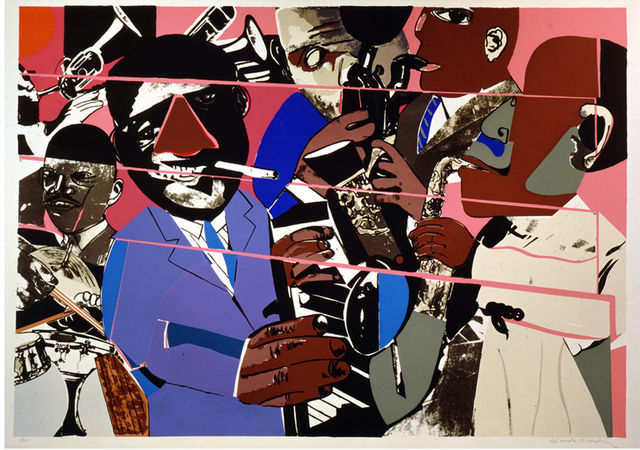
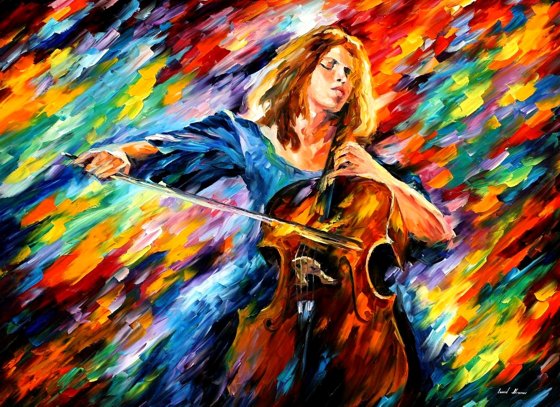
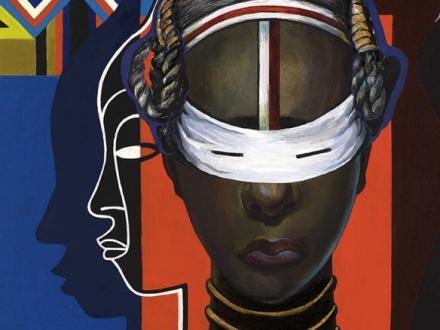
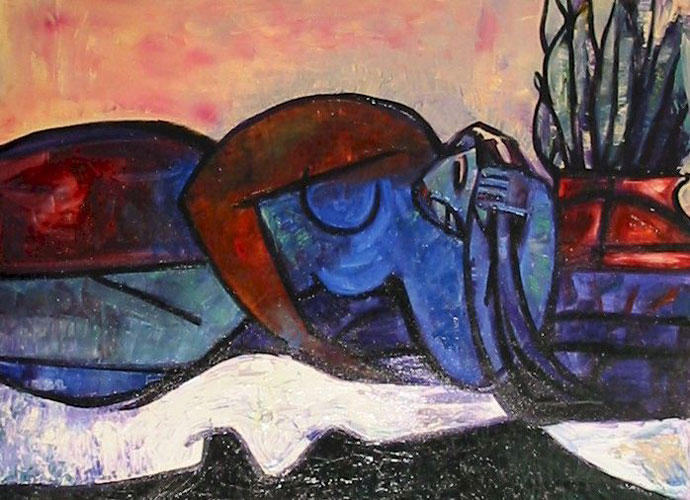
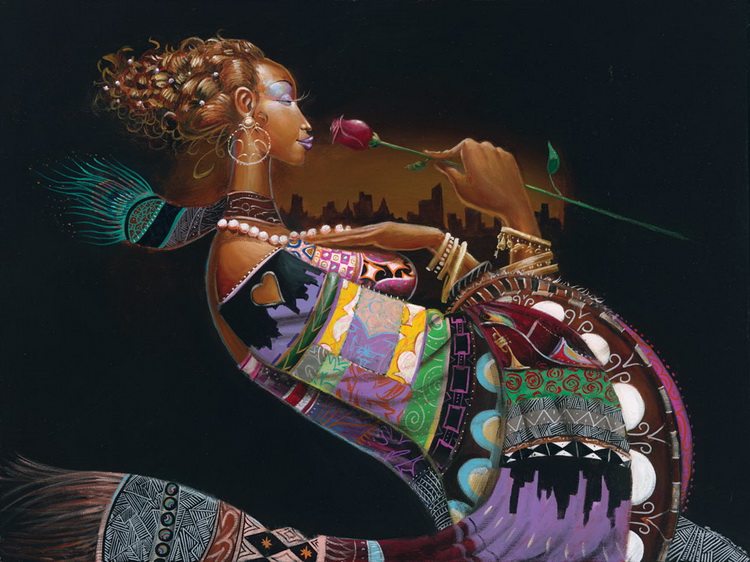
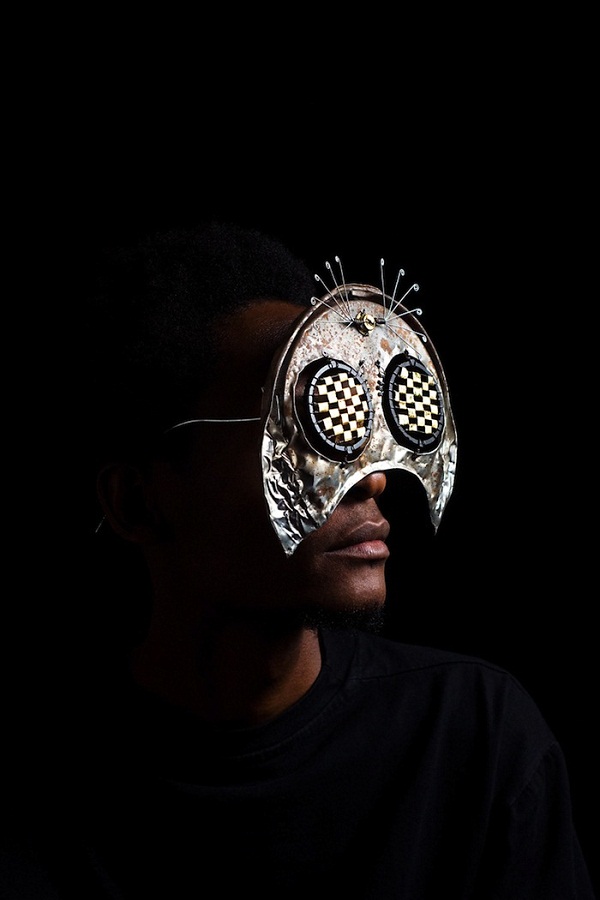
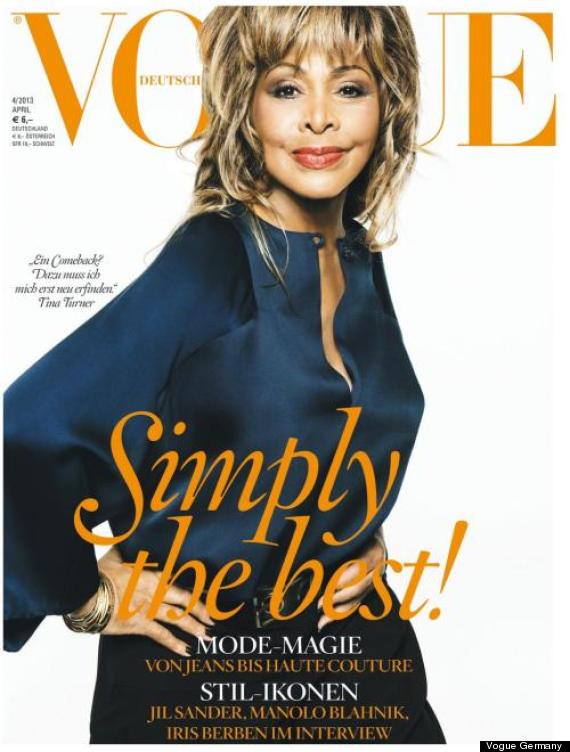
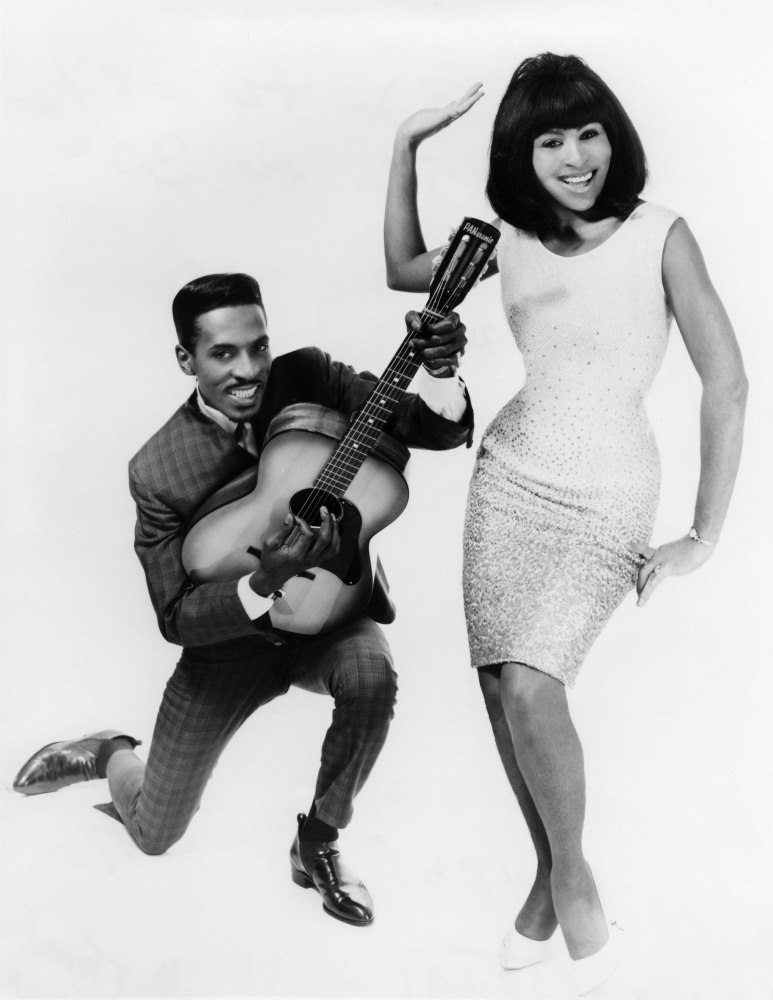

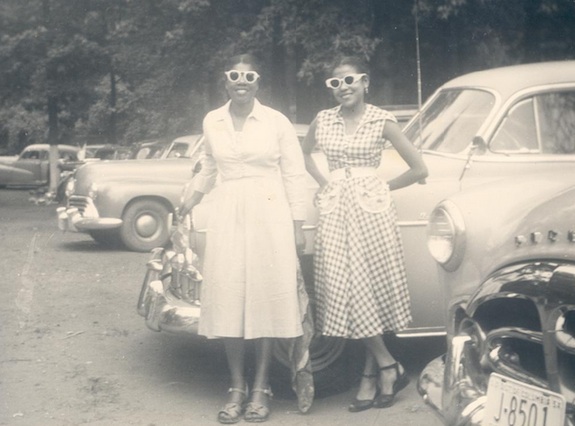
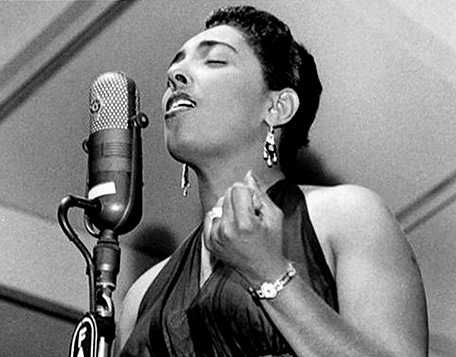 Jazz star Carmen McRae, courtesy of Wikimedia
Jazz star Carmen McRae, courtesy of Wikimedia
